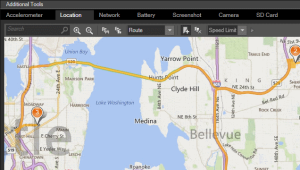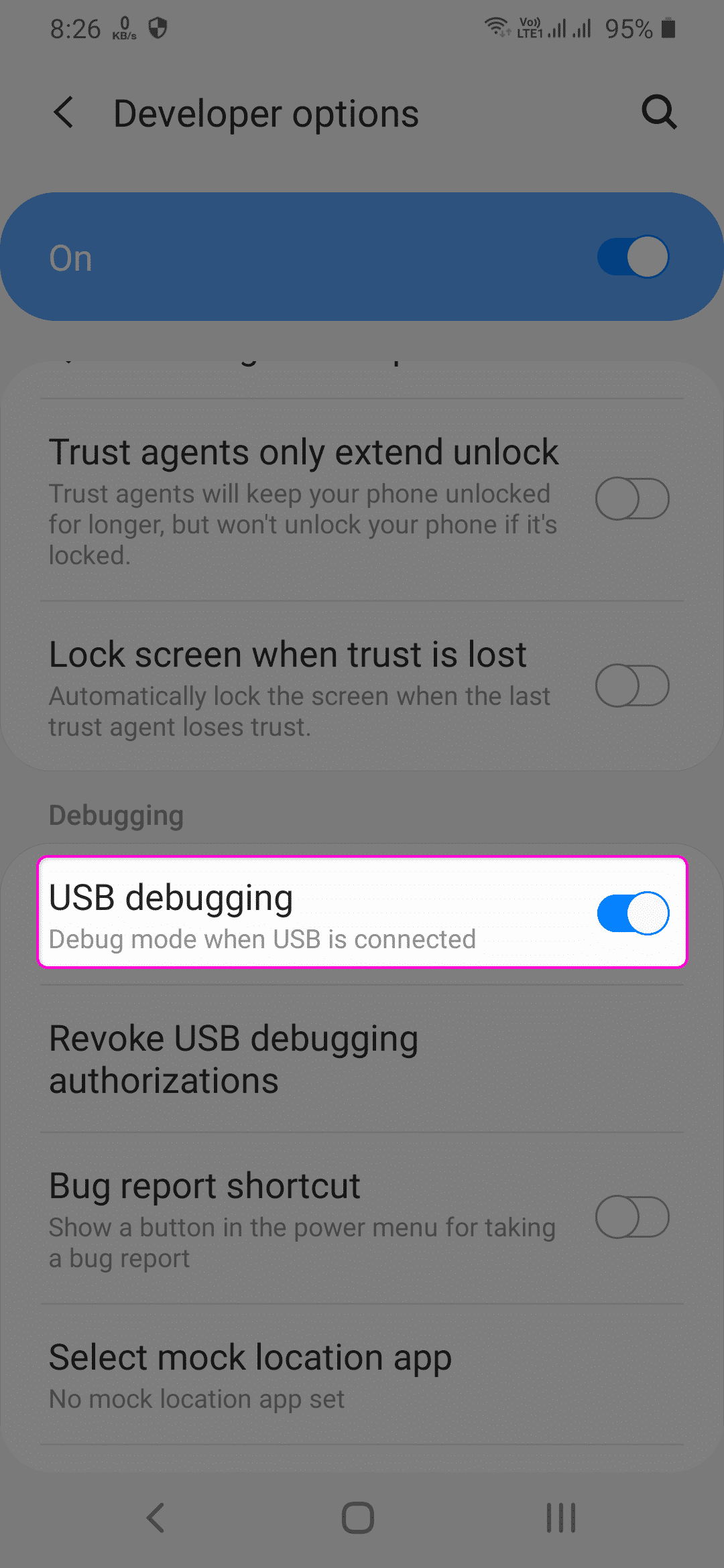

- Speed to debug android studio thru device full#
- Speed to debug android studio thru device software#
- Speed to debug android studio thru device code#
Know that these options may be different depending on the device you’re using.
Speed to debug android studio thru device full#
We recommend visiting the official Android Developer website to get more insight on this subject and examine the developer options’ full list. It’s up to you how you want to customize the settings, as you can categorize them according to your specific preferences. The selections within developer mode typically include debugging, networking, input, hardware-accelerated rendering, media, monitoring, and applications. Remember that developer mode was initially intended for app debugging and manipulating system responses and functionality. You can also investigate other, more advanced settings using Android’s developer options.

Simply follow the directions mentioned above.

You can still modify these settings later if you change your mind and want to return them to their initial state. After you’ve completed this step, you will no longer be able to access Developer Options from the Settings menu.
Speed to debug android studio thru device software#
This is software included within the Android SDK under platform-tools. We also want to make sure that we can connect to the device with the Android Debug Bridge (ADB). Step 1: Head over to Settings and click Developer Options. After plugging the device into your computer, it should say, USB debugging connected on the device. It’s simple to deactivate developer options straight from your Settings if you don’t need to access them anymore.

These are just some of the tips and tricks you can use to speed up your debugging.
Speed to debug android studio thru device code#
And, you can click on the links to quickly jump through your code base. You can see at a glance what is from your code base (highlighted in blue above) versus the code that you probably don’t need to pay attention to (highlighted in gray). Multi-select all the breakpoints associated with your first bug. You now see a list of all the breakpoints. When you hit the first unwanted breakpoint, right-click and open More. You can make your life a lot easier by using breakpoint groups. Hitting unrelated breakpoints can be frustrating and take you out of your debugging flow. Soon, however, you start hitting the breakpoints from the first bug. You’ve been working on a bug, creating breakpoints, but find yourself making little progress. If you want to quickly disable a breakpoint, rather than right-clicking and deselecting Enabled, you can either middle-click, or press the Alt key (Option on Mac) and left-click, to toggle a breakpoint on and off. There is even a quick way to create this sort of breakpoint: just press the Shift key and click in the gutter. If you just want to quickly verify that your breakpoint was triggered and don’t care about specifics, use the “Breakpoint hit” message to log that the breakpoint has been hit. You can now add any code expression, and it will be evaluated and logged to the console. Here, in logic when the player is just about to collide with an object, setting a condition of player.health = 1 enables you to catch the last time the player collides with the object before their health drops to 0. When the code hits the line, if the expression evaluates to true the breakpoint activates. The condition can be any code expression that equates to a Boolean. To set a conditional breakpoint, right-click on a breakpoint and add a condition. To avoid this you can set a conditional breakpoint. You set a breakpoint on collisions but now the code stops on every collision. For example, in a game you are developing, you may want to stop when a player collides with the object that uses up their last bit of health. You may need to chase down a bug that relates to a particular type of event in your app or game. This is useful because it preserves the settings on the breakpoint, including the things I’m going to mention next. If you find that you have set a breakpoint at an inappropriate place, rather than clearing and resetting the breakpoint, you can drag it to the line that you care about. Now, you’ll start hitting your breakpoints as you normally would in a debug session. In the Choose Process dialog, highlight the process you want to attach the debugger to and click OK.


 0 kommentar(er)
0 kommentar(er)
